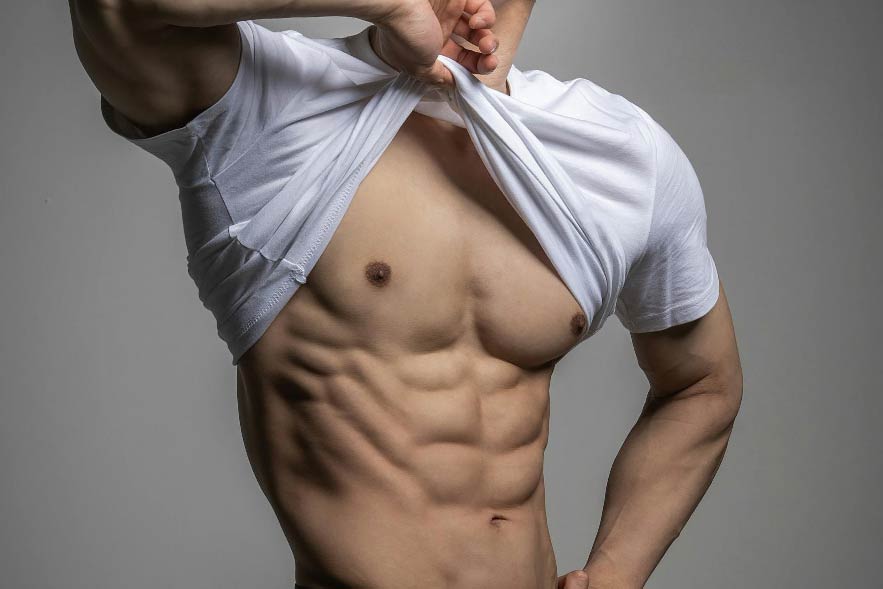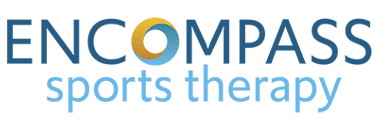
What Are Your Core Muscles?
The term “core” is often used interchangeably with “abs” or “six-pack,” but the truth is, your core encompasses much more than just the superficial muscles you see in the mirror. Your core is a complex network of muscles that provides stability, support, and power for nearly every movement you make, from sitting and standing to walking and lifting. In this blog, we’ll explore what exactly constitutes your core and delve into the muscles that make up this vital powerhouse of the body.
Defining Your Core
Your core is essentially the central part of your body, encompassing muscles, tendons, ligaments, and connective tissues that stabilize and support your spine and pelvis. While the term “core” is often associated with the muscles of the abdomen, it actually includes muscles from your pelvis, lower back, hips, and even your shoulders. Think of your core as the foundation upon which all movement is built—a strong and stable core is essential for optimal performance and injury prevention in daily activities and sports.
Muscles of the Core
- Rectus Abdominis: The rectus abdominis is perhaps the most well-known core muscle, commonly referred to as the “six-pack.” This paired muscle runs vertically along the front of the abdomen and is responsible for flexing the spine, as in crunches or sit-ups. While it plays a role in aesthetics, its primary function is to stabilize the pelvis and support the spine during movement.
- Transverse Abdominis: The transverse abdominis is a deep, corset-like muscle that wraps around the torso like a belt. It acts as a natural weight belt, providing stability and support for the spine and pelvis during movement. Unlike the rectus abdominis, which primarily flexes the spine, the transverse abdominis helps maintain intra-abdominal pressure and provides dynamic stability for the entire core.
- Internal and External Obliques: The internal and external obliques are paired muscles located on the sides of the abdomen, running diagonally from the lower ribs to the pelvis. These muscles work together to rotate and side bend the torso, as well as provide support and stability during activities like twisting or carrying heavy loads.
- Multifidus: The multifidus is a deep muscle that runs along the length of the spine, providing stability and support for each vertebra. It plays a crucial role in spinal alignment and posture, helping to maintain the natural curvature of the spine and resist excessive movement or rotation.
- Erector Spinae: The erector spinae is a group of muscles located along the spine, running from the base of the skull to the pelvis. These muscles help extend the spine and maintain upright posture, as well as provide stability and support during activities like lifting or bending.
- Pelvic Floor Muscles: The pelvic floor muscles form a sling-like structure at the bottom of the pelvis, supporting the organs of the lower abdomen and contributing to bladder and bowel control. Strengthening the pelvic floor muscles is essential for core stability and can help prevent issues such as urinary incontinence or pelvic organ prolapse.
- Hip Muscles (Glutes, Hip Flexors, and Adductors): The muscles of the hips play a crucial role in core stability and function. The glutes (gluteus maximus, medius, and minimus) help stabilize the pelvis and support the spine during movements like squatting, walking, and running. The hip flexors (iliopsoas) and adductors (inner thigh muscles) also contribute to core stability and alignment, particularly during activities that require hip flexion or adduction.
The Importance of Core Strength
A strong and stable core is essential for optimal movement, posture, and performance in daily activities and sports. Whether you’re lifting groceries, playing sports, or simply sitting at your desk, a well-functioning core provides the foundation for efficient movement and reduces the risk of injury. By incorporating targeted core exercises into your fitness routine, you can improve strength, stability, and overall function, enhancing your quality of life and physical performance.
